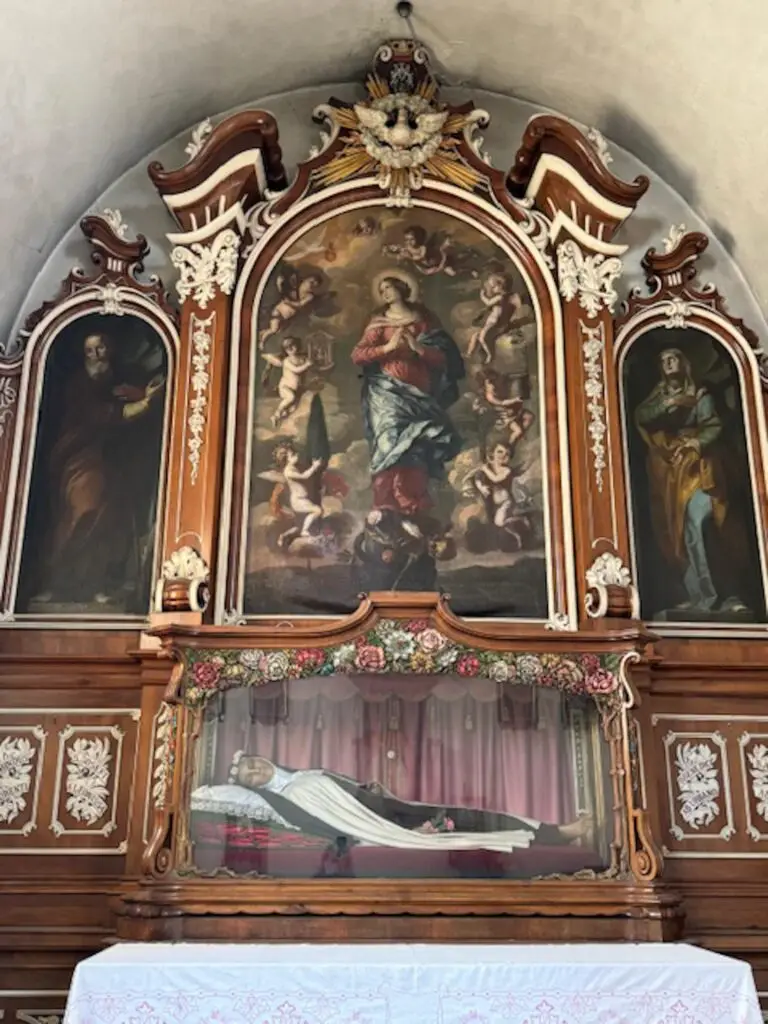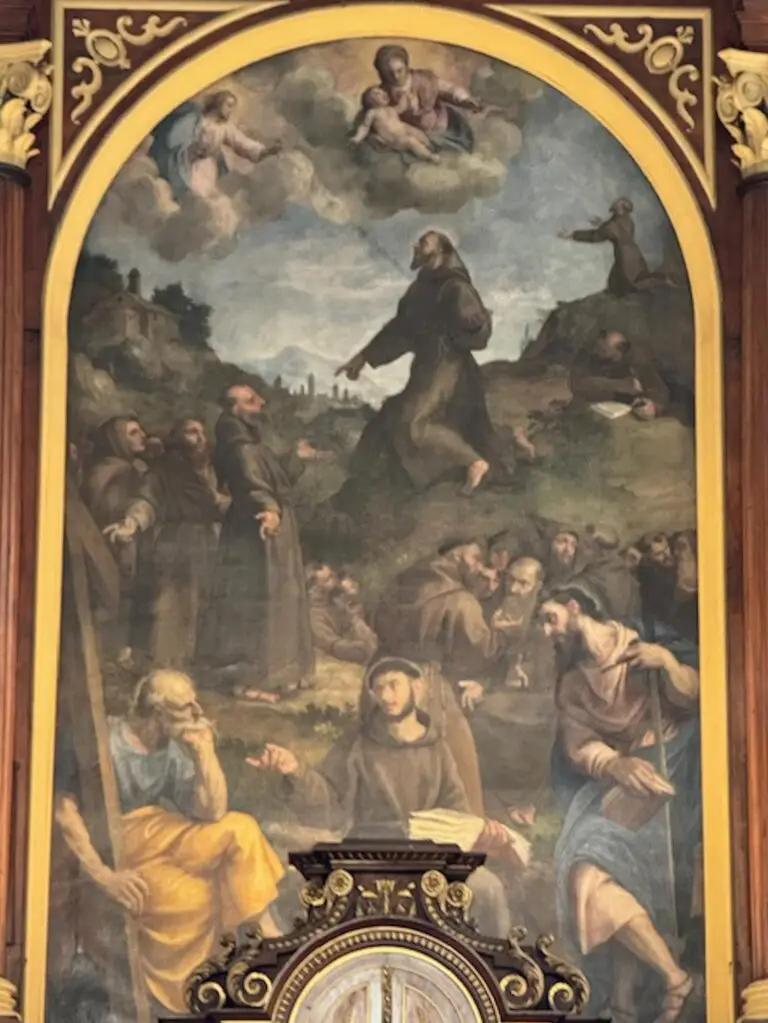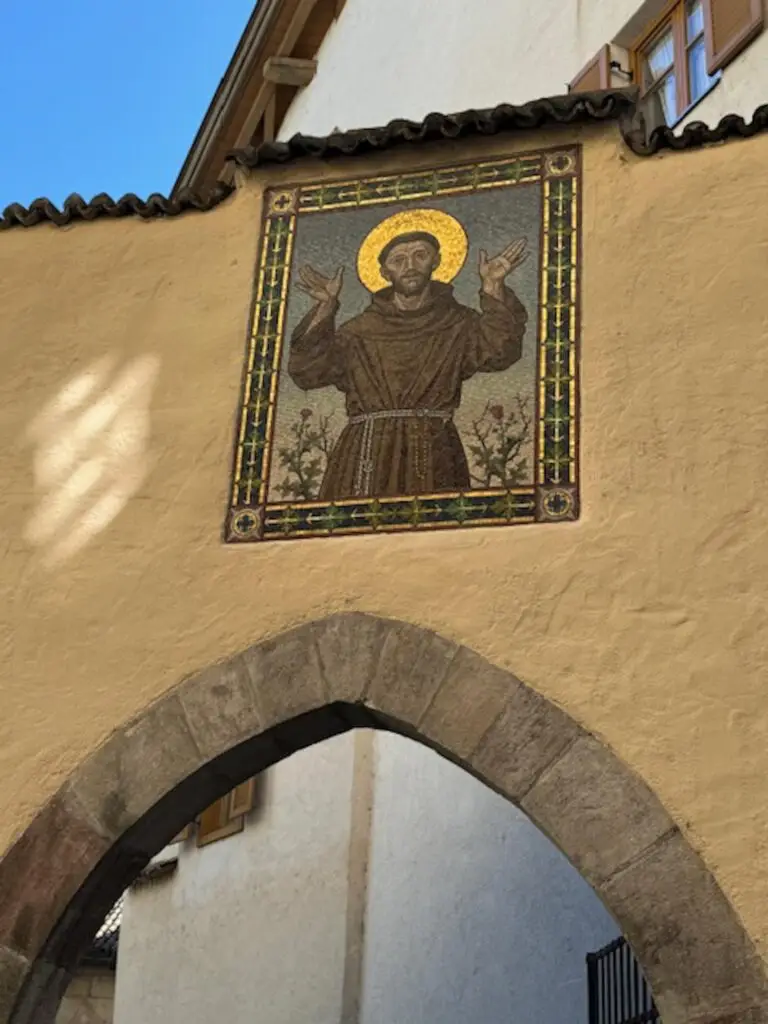With apologies for the very long post, this was a busy day. We followed a tour of the city, visited the archaeology museum, and walked to a castle featuring medieval frescoes.
9:54 am to about 7:30 pm. 7.44 miles, 20,861 steps. Elevation +544 feet. Beautiful clear weather.
Richard’s Relive video of the day can be clicked here: https://www.relive.cc/view/vXOnkdjgP56

The organist was practicing. Click below to hear a bit of his practice.




































2 Responses
Wendy and I are reminded from your photos of being at the South Tyrol Museum of Archaeology and viewing the Otzi back in the 1980’s. So many things you are seeing and memories you will have from your trip. You have planned so well!
The archaeology museum was amazing for all that has been learned from worldwide experts studying his remains. We were there with tourists but also school children, so I like to hope that there are a few scientists in the crowd who will have new information for future generations. We planned extra days in Bolzano to make sure we had time for Otzi.